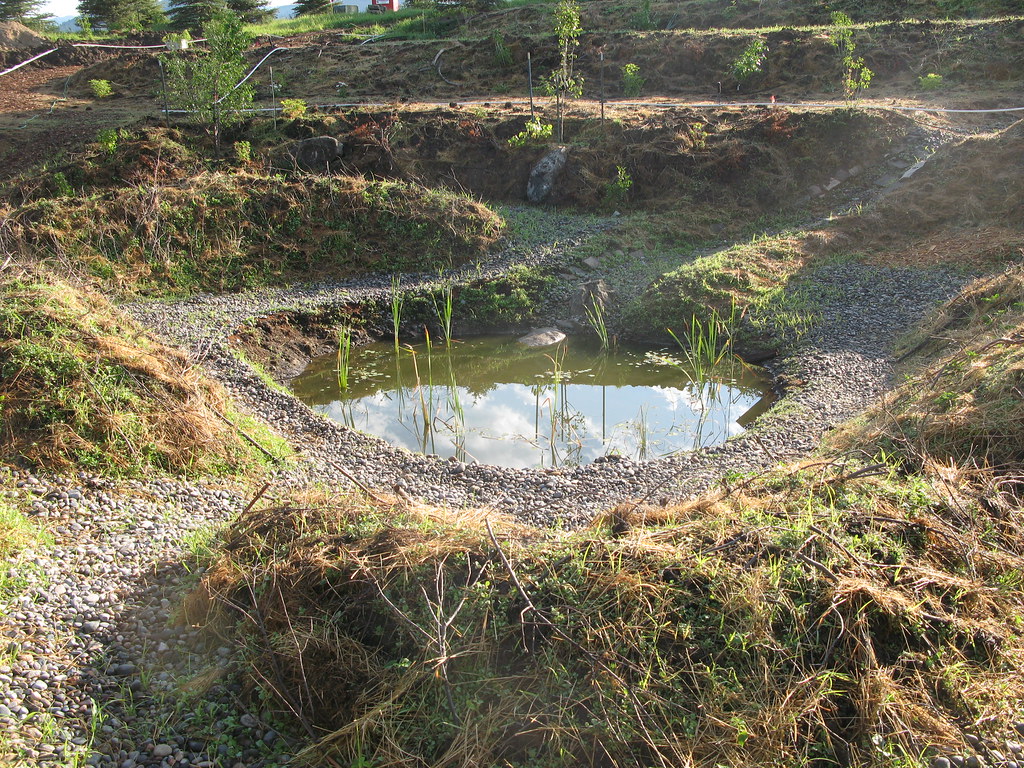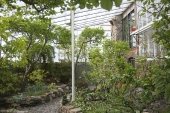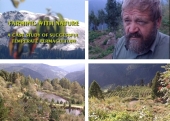
 2
2




 4
4




 2
2






 5
5





 1
1




 1
1





“Enough is as good as a feast"
-Mary Poppins




Daniel Kern wrote:Will I ever need to remove the straw for the plant to get some sun during the winter?
 2
2




 or some other shape that gives a drier than normal area for plants that need that. The box canyon variety would of course need a hill to start with or very large berms.
or some other shape that gives a drier than normal area for plants that need that. The box canyon variety would of course need a hill to start with or very large berms.




 2
2









 1
1




 2
2




Come join me at www.peacockorchard.com




elle sagenev wrote:Whooo. Does anyone have any personal experience of doing one of these? I'd love to do one but I've been on the phone and it is looking like some massive red tape for me. I'm wondering how other people went about it.
 2
2




Bill Bradbury wrote:
elle sagenev wrote:Whooo. Does anyone have any personal experience of doing one of these? I'd love to do one but I've been on the phone and it is looking like some massive red tape for me. I'm wondering how other people went about it.
Here's my attempt. This photo is from fall of last year, it had only been in for 3 months at this point.
I just did it, no permit. The building inspector loved it when he came out to inspect our work on the house.
I did however hide it with a large dam/berm, so it can't be seen from the street.
Come join me at www.peacockorchard.com
 1
1




![Filename: google-mine.png
Description: Open Mine [Thumbnail for google-mine.png]](/t/37563/a/26728/google-mine.png)
 3
3
















 2
2




Len Ovens wrote:I wonder if something like this would be able to be transformed into something like that. The land ought to be very cheap if they are done mining. Getting it to start growing stuff again might take a while.
 1
1













John Daley Bendigo, Australia The Enemy of progress is the hope of a perfect plan
Benefits of rainfall collection https://permies.com/t/88043/benefits-rainfall-collection
GOOD DEBT/ BAD DEBT https://permies.com/t/179218/mortgages-good-debt-bad-debt




Invasive plants are Earth's way of insisting we notice her medicines. Stephen Herrod Buhner
Everyone learns what works by learning what doesn't work. Stephen Herrod Buhner

|
incandescent light gives off an efficient form of heat. You must be THIS smart to ride this ride. Tiny ad:
The new gardening playing cards kickstarter is now live!
https://www.kickstarter.com/projects/paulwheaton/garden-cards
|






